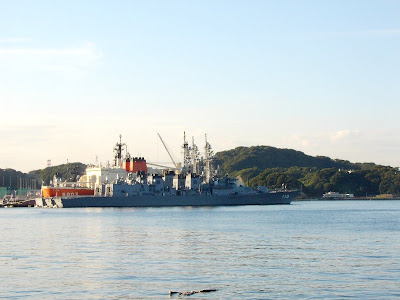US Presidency
The US had two stupid presidents in succession: Mr. Clinton and Mr. W. Bush.
They were one of causes of big calamities of the 9/11 Terror and the 2008 Financial Crisis, respectively.
But, what about incumbent President Mr. Barack Obama? Will it be good to entrust one person with administration of the great country of America for eight years. It is eight years but not eight months!
This is not the 20th, 19th, or 18th century. This is the 21st century. The paradigm about the top leader of a nation must be changed. Everybody has information today. People can communicate and move so swiftly over a great distance. The term of office should be shortened accordingly. The term of the US presidency should be reduced to two years.
Other important issue is concentration of power. This is not the 20th, 19th, or 18th century. This is the 21st century. The paradigm about the top leader of a nation must be changed. Everybody has information today. People can communicate and move so swiftly over a great distance. The power of the top leader should be shared by others. The power of the US president should be shared with others in a wider scope.
Otherwise, the US presidency should be transferred to a committee. In other word, voters should elect, say, three presidents. They form a committee. Every administrative decision should be decided by voting by the three presidents. For example, you may have "President Obama," "President Biden," and "President Hilary." They would form the Presidential Committee to decide everything concerning the federal government.
If so applied, American voters have maximum 12 presidents in eight years. The US Government will be surely able to avoid another 9/11 Terror and another 2008 Financial Crisis.
Anyway, it is time to change the form and functions of the American President, since it has passed 2000 years since the emergence of Christ Jesus, 500 years since the adventure by Columbus, and 60 years since establishment of a modern nation Israel.
Indeed, the Bible tells that Lord rewards everyone, a slave or a free man, according to his work.
APPENDIX. The 2008 Presidential Election
(to be continued...)
*** *** *** ***
There are too many unhappy people who are in the worst case cruelly killed and slain.
In most cases, people will be eventually determined not to be one of them if they observe those tragedies.
But, with an intervention of the concept of the God, it will be drastically changed.
It is so, since you will know that you will be requested by the God to take responsibility for every single unhappy person.
Truly, it is the God who decided to give life to every single man now living or once having lived on the earth.
Gen 11:3 And they said one to another, Go to, let us make brick, and burn them thoroughly. And they had brick for stone, and slime had they for morter.
Gen 11:4 And they said, Go to, let us build us a city and a tower, whose top may reach unto heaven; and let us make us a name, lest we be scattered abroad upon the face of the whole earth.
Gen 11:5 And the LORD came down to see the city and the tower, which the children of men builded.
Gen 11:6 And the LORD said, Behold, the people is one, and they have all one language; and this they begin to do: and now nothing will be restrained from them, which they have imagined to do.
Gen 11:7 Go to, let us go down, and there confound their language, that they may not understand one another's speech.
Gen 11:8 So the LORD scattered them abroad from thence upon the face of all the earth: and they left off to build the city.









